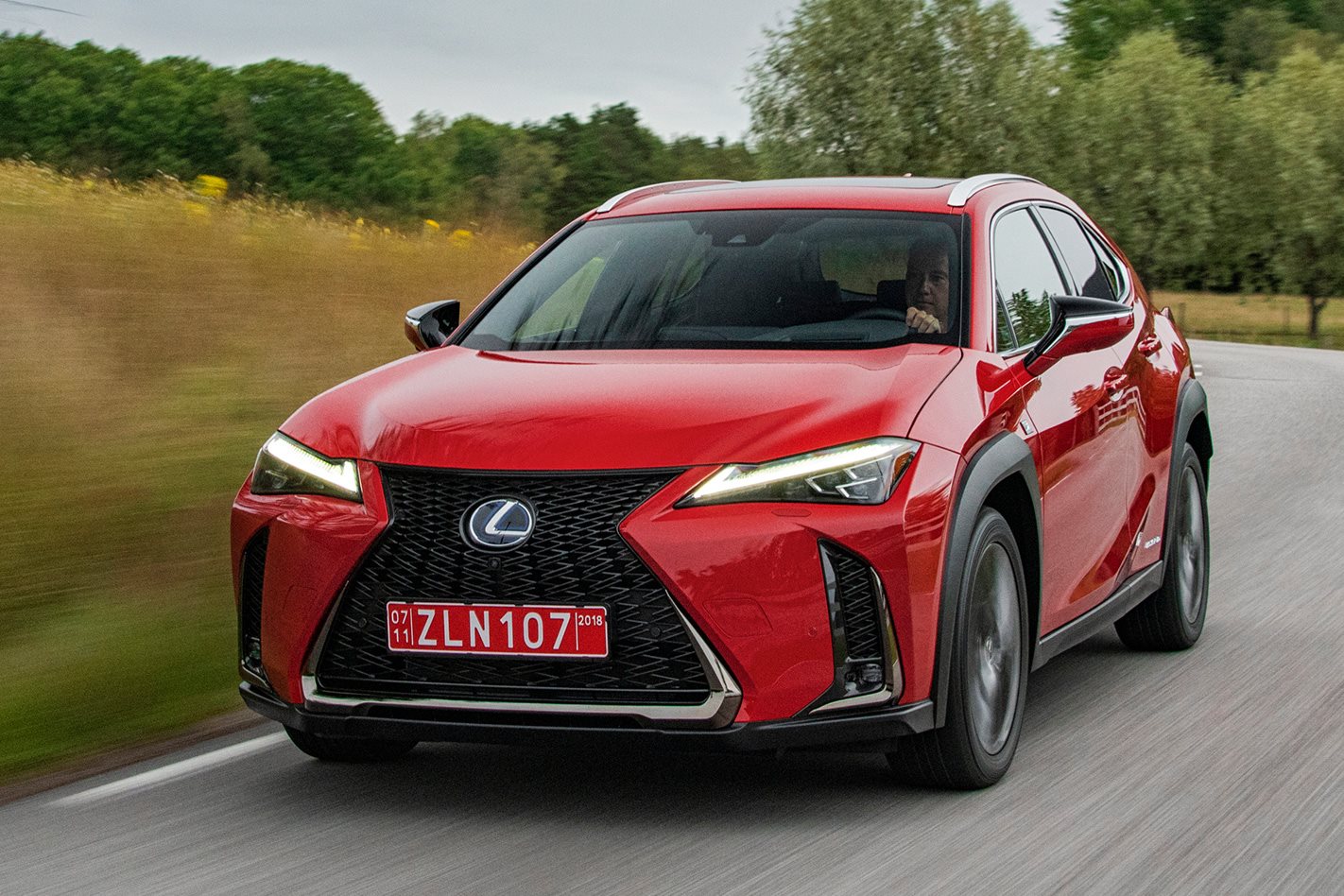WHAT IS IT?
This is Lexus’ first-ever compact crossover. Based on the same platform that underpins Toyota’s impressive C-HR and the 12th-generation Corolla, the UX gives Lexus customers in the market an option below the NX, and crucially allows the Japanese automaker to expand its entry-level offering beyond the ageing CT 200h.

WHY WE’RE TESTING IT
The UX is new territory for Lexus, and while cynics will turn their nose up at its Toyota-sourced architecture we’re keeping an open mind. After all, every Toyota so far that’s deployed the company’s new GA-C underpinnings has proven to be a good thing.
MAIN RIVALS
Audi Q2, BMW X1, Mercedes-Benz GLA-Class, Infiniti QX30
THE WHEELS REVIEW
“GO where the money is”. Those are the alleged words of the late Willie Sutton, and they’re words that must have been in the minds of Lexus’ top brass when they decided to greenlight the company’s first-ever compact crossover, the UX. If there’s money to be made in the car biz, it’s surely centralised in the lucrative SUV segment.
Sutton wasn’t talking about cars – he was talking about banks, and specifically about robbing them – but his principle nevertheless holds true. Lexus has a golden opportunity to shift the focus away from the homely CT 200h that’s been its gateway model up until now and onto a more exciting SUV, the UX. After all, right now that’s where the money is.

And truth be told, it’s where the next generation of car buyers are too. Lexus needs to get a younger crowd into its showrooms, and the UX is the car tasked with reaching out to millennials and gen-Xers. Forget about the CT 200h – the more extroverted UX has the form factor that counts in this day and age, even if its body is more hatch than traditional SUV wagon.
It’s easy to be cynical and dismiss the UX as a cash grab, a hatchback with extra ground clearance and plastic body cladding that’s designed to exploit the tastes of today. The only thing is… the UX is actually rather good. Even if you’re the type who pours scorn on SUVs, a quick drive in the UX should have you at least nodding with begrudging respect. At the conclusion of the UX’s global launch drive in Sweden, that’s precisely what I was doing.
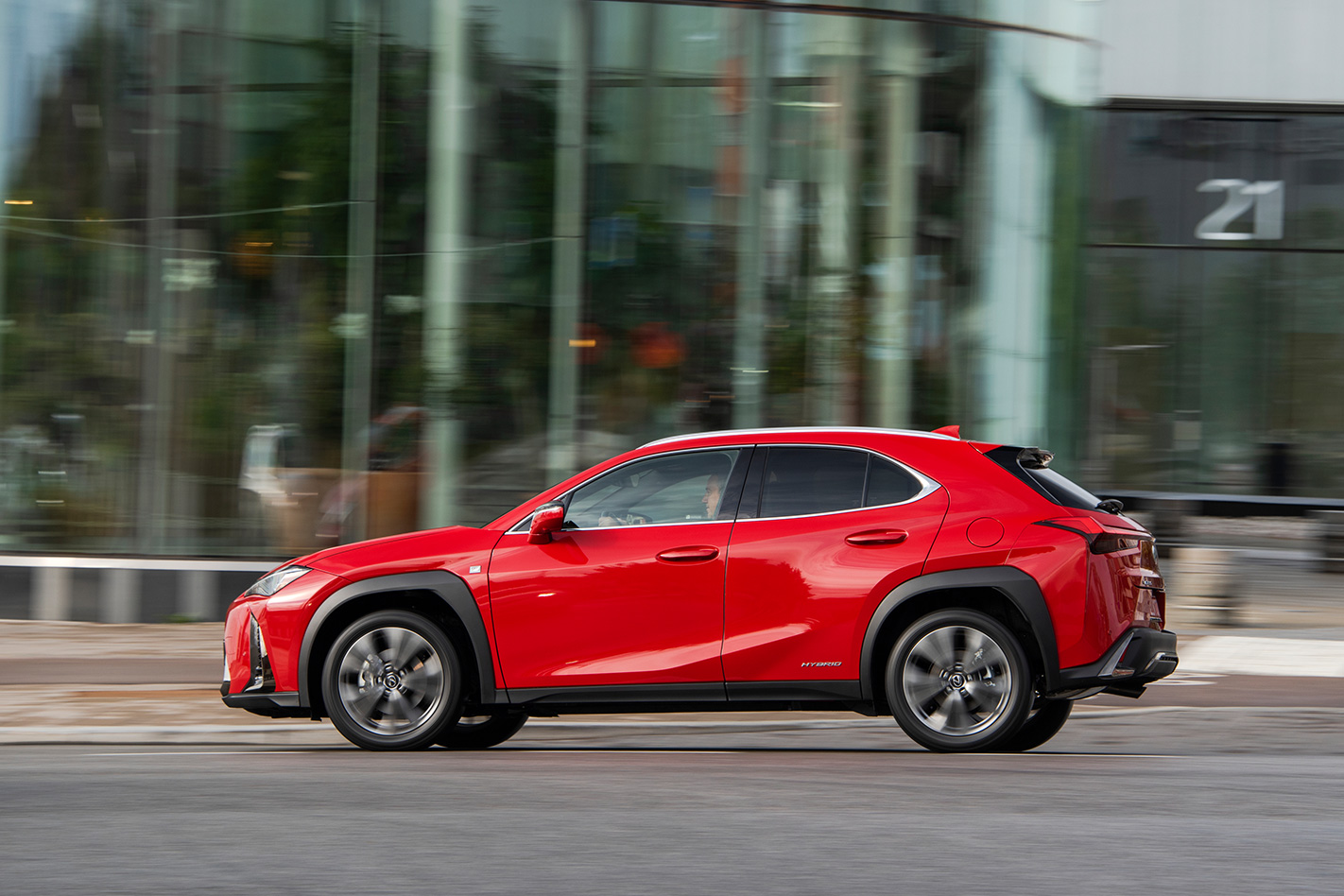
The roads in and around Stockholm are, as you’d expect of a country that deals with plenty of crap weather and more than a little bit of snow, pretty much perfect. Ironed flat and wonderfully cambered, the only real downside to Swedish pavement is the coarseness of its surface. Tyre roar is plentiful, but even a go-kart would waft like a Rolls-Royce on Swedish highways. But to a road-tester, the selection of silky-smooth roads for a car launch rings alarm bells. What are they trying to hide? Tame and unchallenging road loops selected by international Lexus PR didn’t help either.
In the F-Sport variants we spent the bulk of our time in, the adaptive dampers of that particular spec (base models will get non-adjustable dampers) yielded a fairly firm ride even on well-groomed roads. We suspect, however, that has less to do with the damper tuning than it does the run-flat tyres and 18-inch alloys that are standard-issue on F-Sport, though we did note that the suspension dealt better with bigger lumps – perhaps because the dampers were more in play, rather than just the tyres.
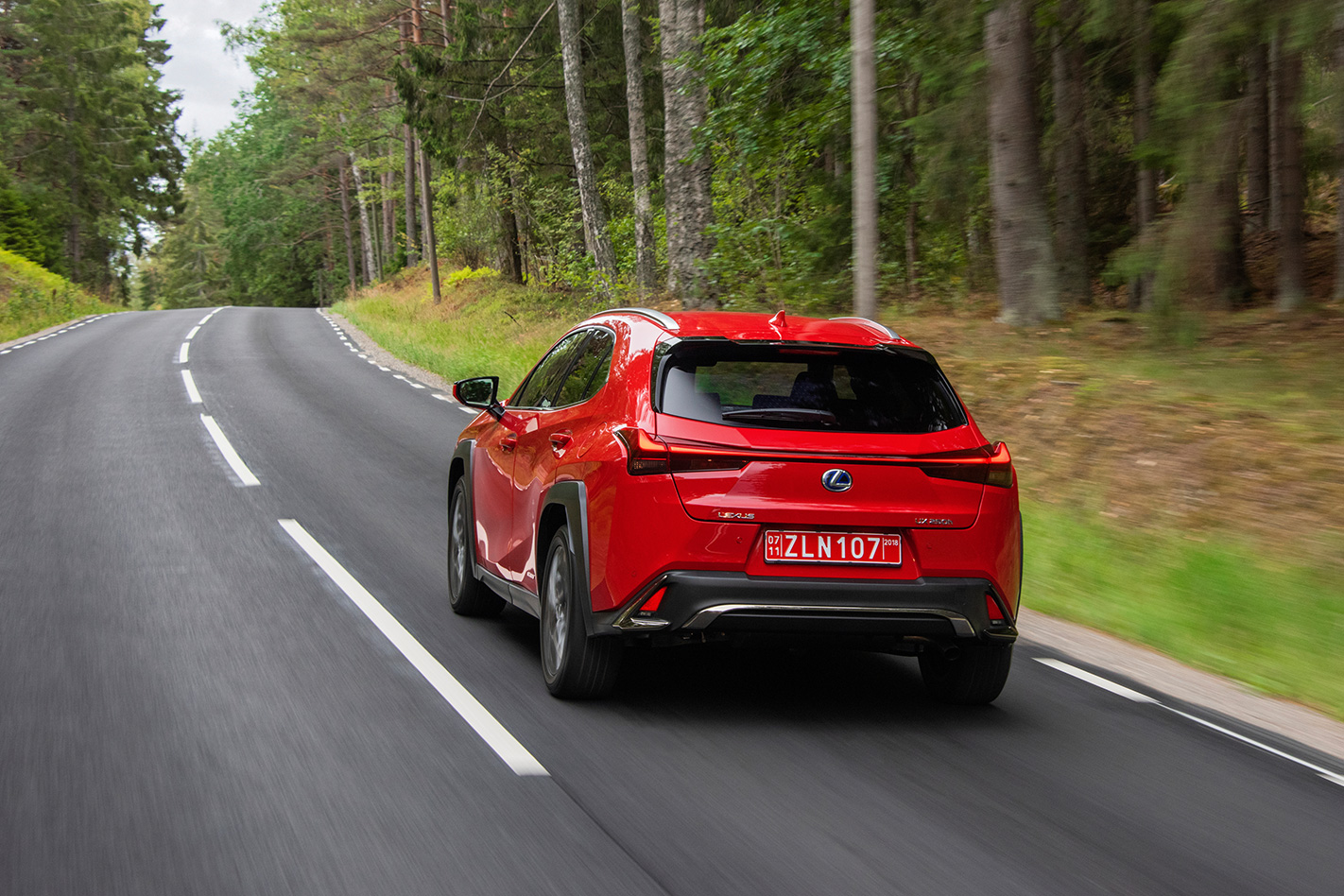
Deviating from Lexus’ program eventually netted some tighter and twistier tarmac, not to mention some potholes and ruts that echo those of typical Aussie country roads. We’re not sure why Lexus shied away from these kinds of surfaces, because when the UX’s sharply-creased snout was pointed down more taxing Swedish B-roads it displayed a very different character, one that bordered on genuine sportiness.
The steering is quick and accurate, (and augmented by brake torque vectoring) while the chassis of FWD UX models displays a neutral balance that’s uncommon in the small SUV segment. A low centre of gravity that hovers 594mm above the ground imparts an agile feel and keeps body roll at bay, which in turn eggs you on to push the UX harder.
A day at the wheel of a base-spec car with 17-inch wheels and non-adaptive suspension revealed outstanding compliance that didn’t impinge on handling, and in our mind it’s the winning configuration for everyday duty. It’s a shame, then, that the powertrain line-up is so mild.

The mainstay of the range is the UX 200’s 126kW/205Nm naturally aspirated 2.0-litre petrol, borrowed from the UX’s corporate cousin the Toyota Corolla. It’s a solid engine with a linear power delivery, and happens to claim the best thermal efficiency of any production petrol engine, but clearly doesn’t feel as relaxed or as torquey down low as some turbocharged rivals. It does, however, actually sound surprisingly throaty when at full song. Now there’s something we weren’t expecting from a baby Lexus SUV.
There’s no manual entry version, but that’s okay because the CVT that’s the default UX 200 trans is properly good. Just as in the new Corolla, a mechanical launch gear and torque converter provide crisp take-up when moving away from a standstill, while a smaller, lighter drive belt enables manually-actuated gear changes that are so rapid it’ll probably fool some into thinking it’s a dual-clutch. What’s more, floor it in auto mode and it will step through pre-set ratios rather than doing the usual CVT thing of pegging the engine at one RPM, instead reserving the efficiency-boosting CVT behaviour for light-throttle cruising and urban driving, where it’s barely noticeable.
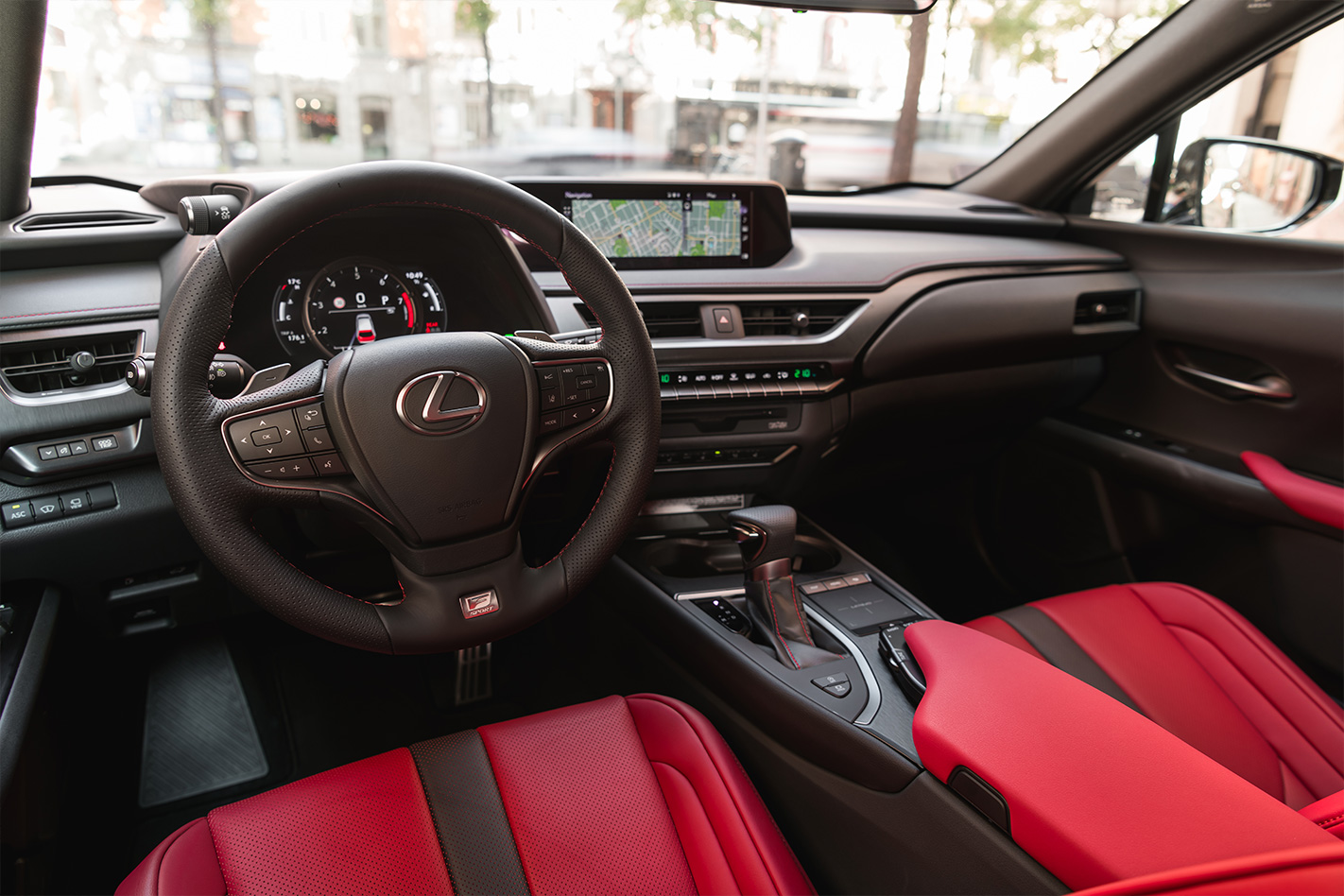
The hybrid UX 200h is less impressive, despite packing 8kW more. It’s also equipped with a CVT but misses out on the trick launch gear that makes the petrol powertrain so responsive, and its extra 80kg relative to the petrol dulls the UX’s dynamic performance. If it brought a plug-in capability or a more useful electric-only range it would perhaps possess some eco-tech appeal, but unless saving a little bit of fuel makes your heart race we’d stick with the more engaging UX 200.
However, if AWD is a must-have then your hands are tied: it’s hybrid or nothing. The UX 200h is the only model that’s available in both FWD or AWD configuration, and in the latter it only delivers a maximum of 5kW to the rear wheels via a compact electric motor located where a differential normally would be.
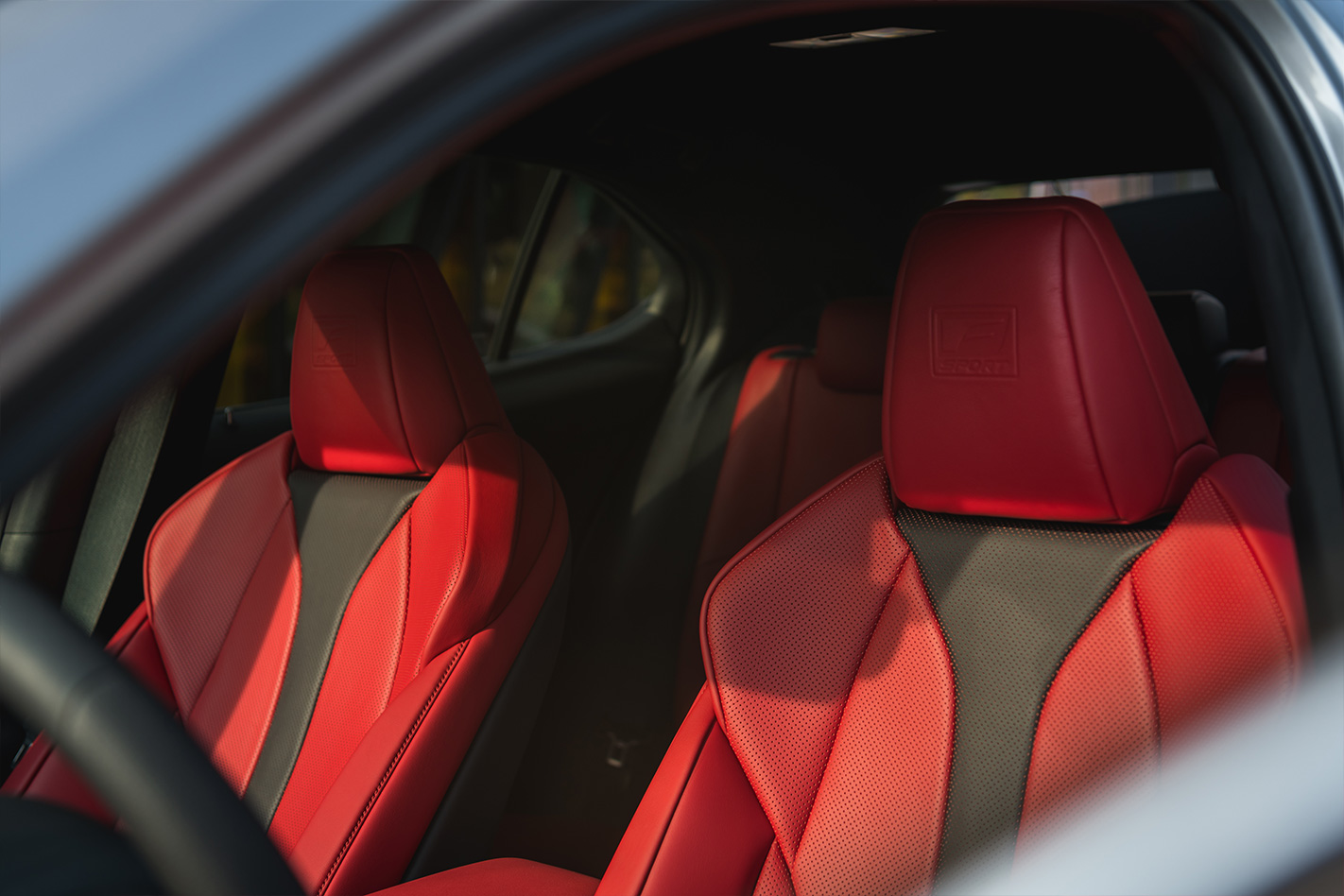
Happily, your choice of powertrain has no great influence on what kind of interior you get, and that’s great news because the UX’s cabin is one of Lexus’ – and the segment’s – best.
The seating position is low-slung compared with other SUVs, and even lower than the related Toyota C-HR thanks to seat rails that are 55mm closer to the floorpan. It seems the common buyer rationale of wanting to be elevated above traffic may no longer be as true as it used to be – or at least that’s Lexus’ read on the wants and needs of the thirty-somethings that it’s targeting with the UX.
It’s obvious that Lexus has put a great deal of thought into this cabin and its ergonomics. Even in low-grade guise it has a premium look and feel with abundant soft-touch plastics, supple leather upholstery and the especially pleasant optional ‘washi’ trim that mimics traditional Japanese handmade paper.
Tech is everywhere you look too – even hiding in places you wouldn’t expect. For example, the UX’s dash vent knobs can illuminate at night, but what’s cool is how the electrons actually find their way to the middle of the vent. Power is transmitted wirelessly by an inductive loop – a bizarrely high-tech solution to a fairly inconsequential problem.
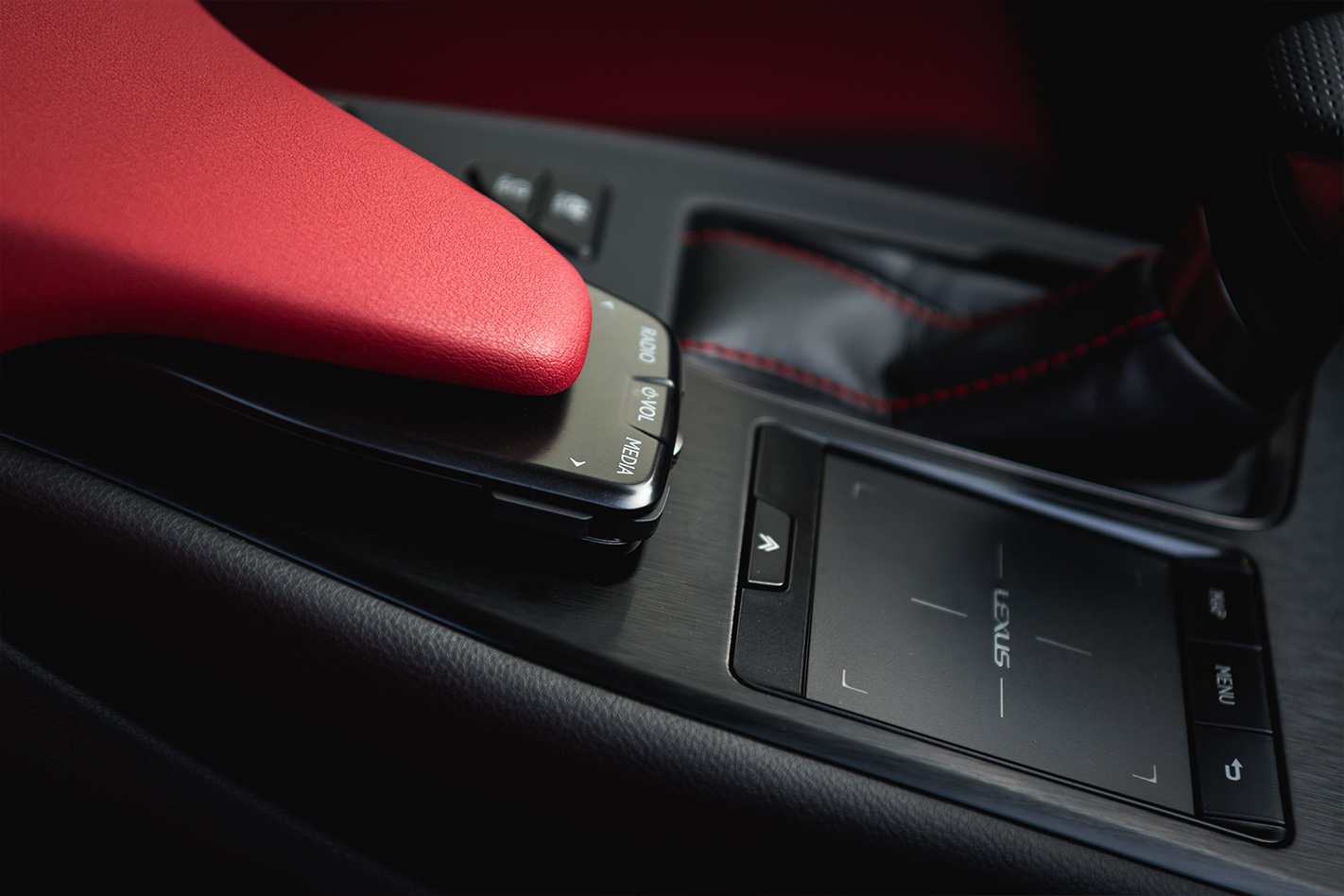
An inductive loop can also be found at the base of the centre stack on high-grade models, where it can charge compatible smartphones without requiring a cable. A large and clear head-up display is also available – a rarity at this end of the premium market – as is an electronic instrument panel, power-adjustable steering column and active cruise control. Front seat occupants can also enjoy the extra comfort offered by heated and ventilated seats, plus a heated steering wheel, while the body-hugging seats of the F Sport grade are especially supportive.
Meanwhile, while Lexus infotainment systems have historically been maddening to use, but the UX debuts the latest generation of Lexus’ touchpad control interface and it responds quickly and faithfully to inputs. Meanwhile smooth animations and more intuitive menu graphics help bring it into the modern era, though there’s no smartphone mirroring for now. At least the base system is far more user-friendly now.
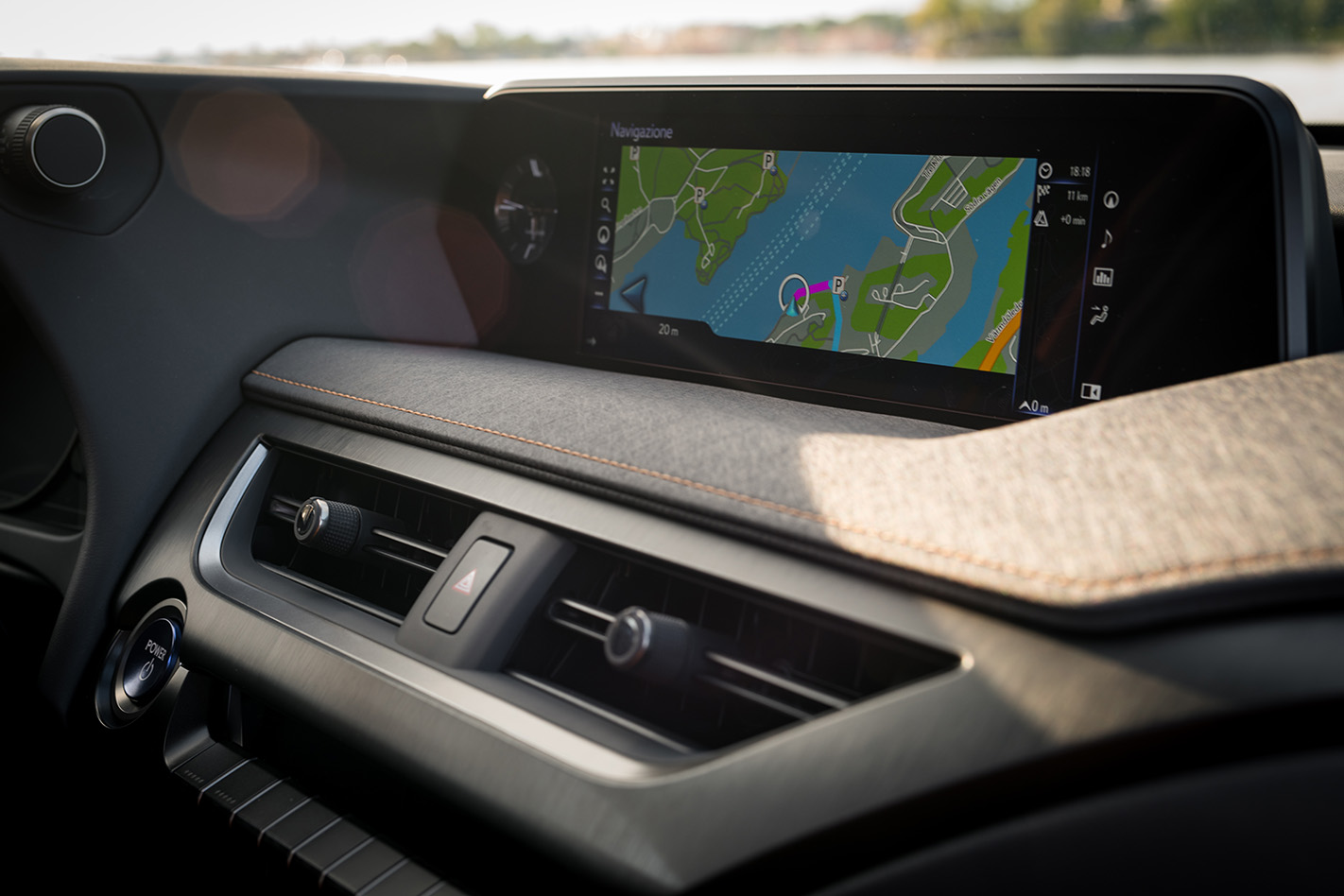
The report card isn’t so positive in the back half of the cabin. Don’t expect packaging similar to the C-HR, despite the two cars sharing the same wheelbase and platform. The UX’s lower front seats trade rear legroom for front legroom, so foot- and knee-room in the back isn’t as generous. That said, the UX’s rear seats are cossetting and fairly spacious in other dimensions, there is a pair of USB charge ports, face-level air vents, and the view out the rear side glass is also far better than from within Toyota’s baby SUV.
Boot space is one area where the UX falls down. The Euro-spec cars we drove all had a boot floor that, though flush with the loading lip, is incredibly high and uncomfortably close to the cargo blind. It’s not a great luggage lugger, and while Australian cars will get a lower floor, capacity will still only be 312 litres – behind much of the small SUV pack.
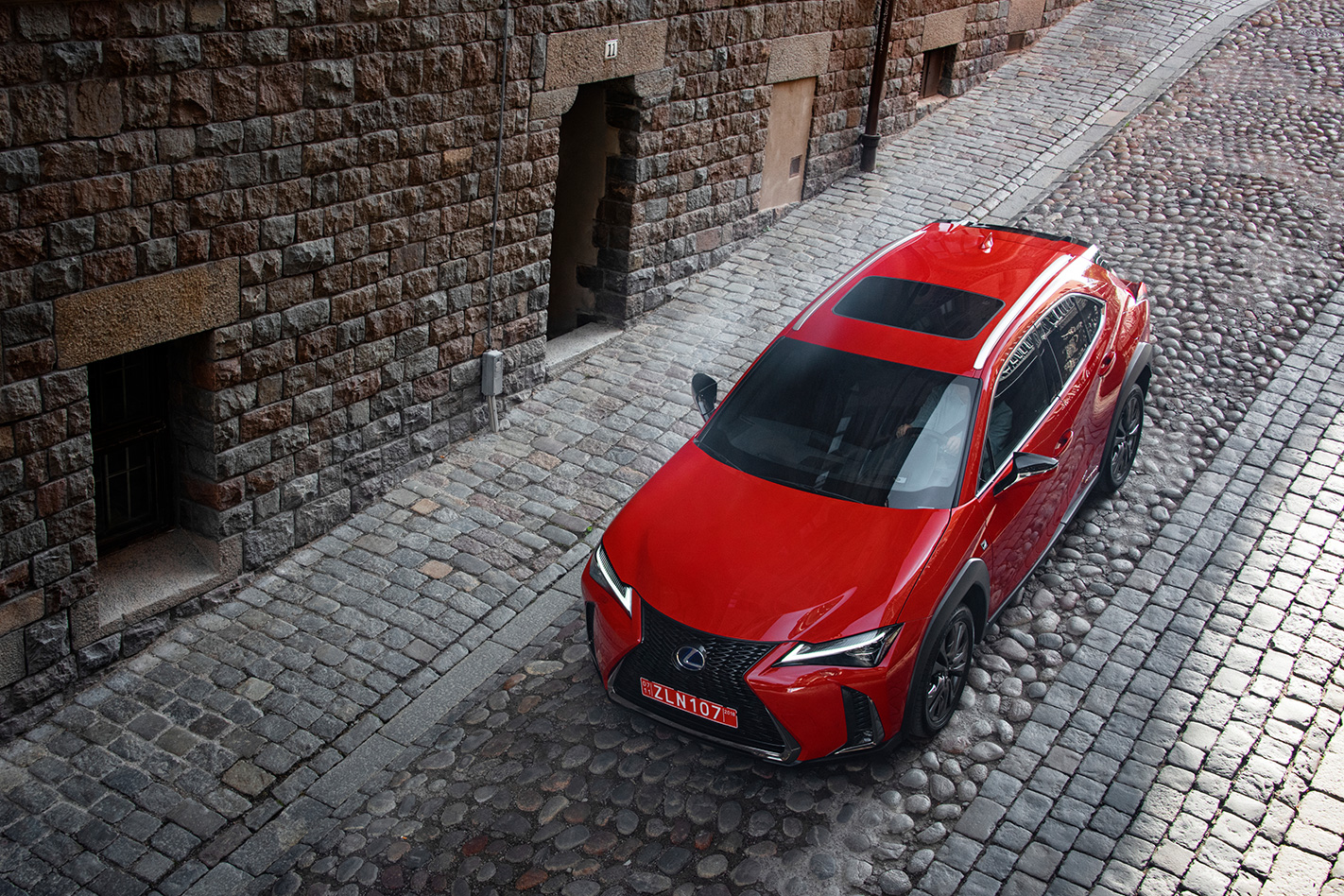
But the UX has the ingredients of an enticing ‘starter Lexus’, with distinctive design and driver appeal, and if it lands at the expected $45K entry price at the end of this year, you won’t need to rob a bank.
THE WHEELS VERDICT
The UX might be slotting in close to the bottom of Lexus’ model hierarchy, but first impressions indicate that it’s one of the company’s most well-resolved cars – and easily its most fit-for-purpose SUV. Positioned to snare younger buyers to the brand commonly associated with retiree-age customers, the UX is stacked high with technology and mod-cons and thus holds plenty of appeal for a less wrinkly generation. The most pleasant surprise, though, is that it’s genuinely good fun to drive. This is one to look out for.
PLUS: Premium cabin; superb chassis; excellent CVT in petrol version; chock-full of equipment MINUS: More powerful engines would be welcome; run flats ruin the ride; hybrid CVT
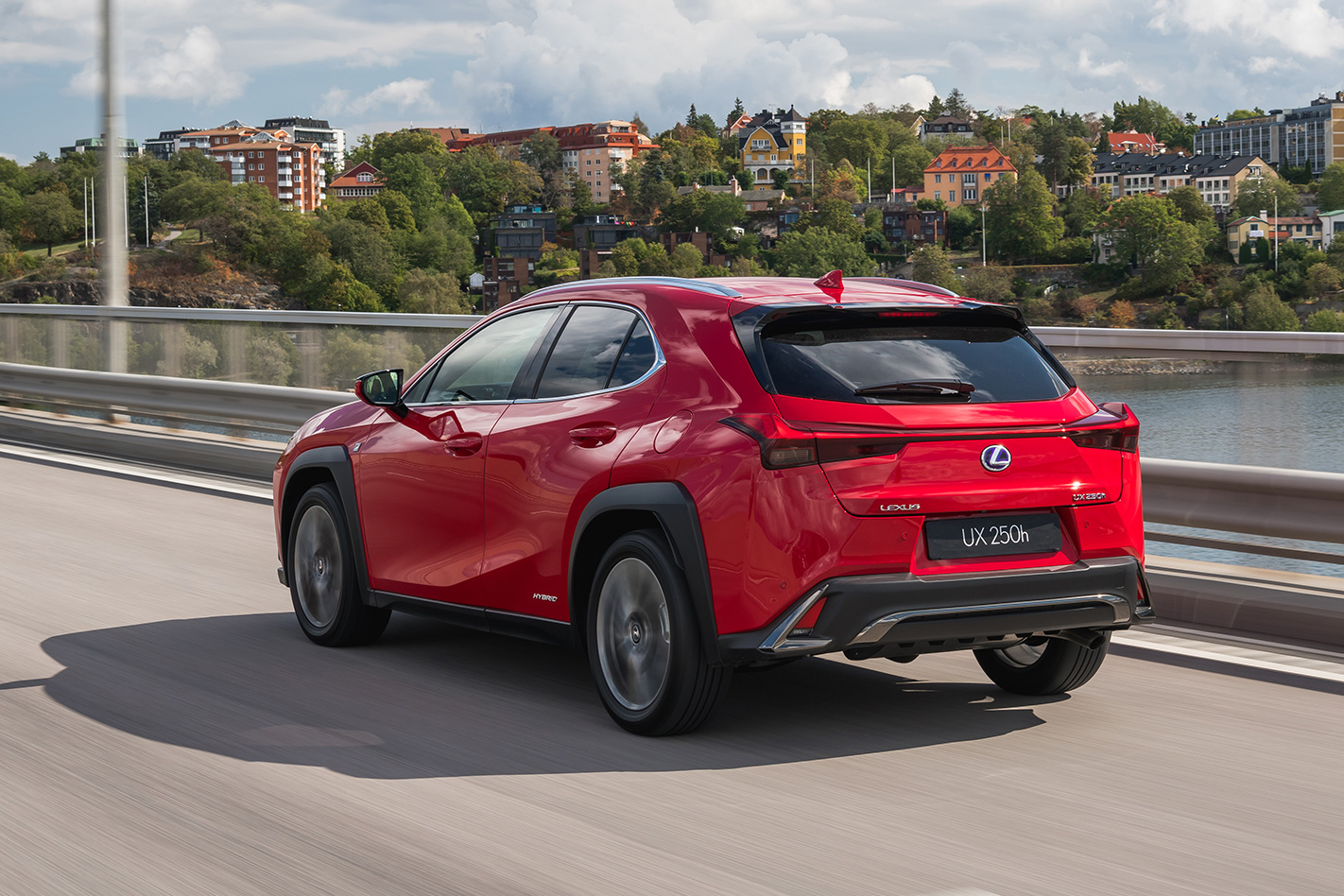
SPECS
Model: Lexus UX 200 F Sport Engine: 1987cc 4cyl dohc 16v petrol Max power: 126kW @ 6600rpm Max torque: 205Nm @ 4800rpm Transmission: CVT Weight: 1510kg 0-100km/h: 9.2 seconds (claimed) Fuel economy: 5.6L/100km (EU) Price: $54,000 (estimated) On sale: Q4 2018

